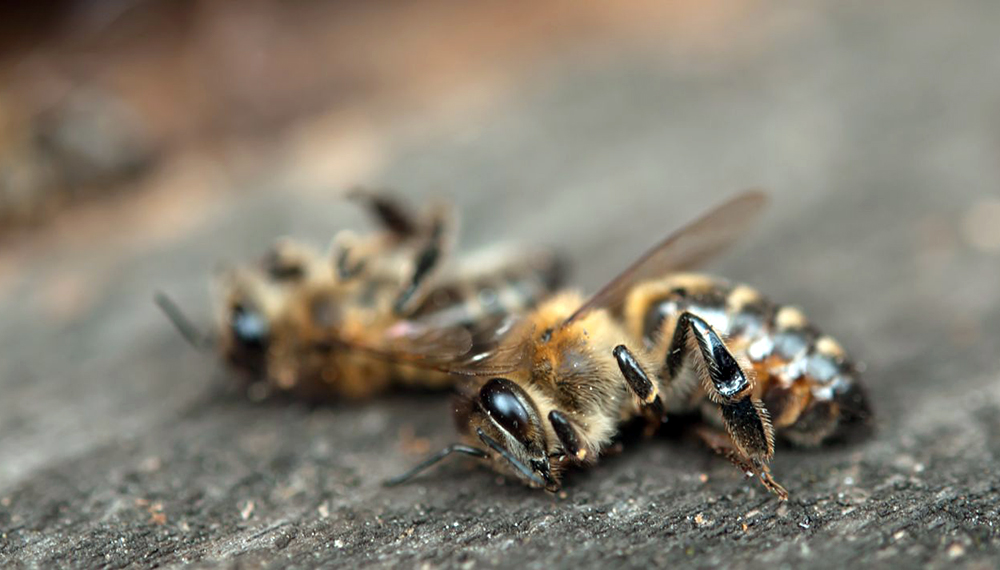On the afternoon of March 22, beekeepers and residents of the city of San Francisco, Suc-Tuc, noticed the mass death of bees.
They noticed a strange behavior of the bee hives they have. Due to the symptoms and number of insects dying, other beekeepers were alerted and contacted to share what was happening.
On March 23, a beekeeper from the community contacted ecosur Chiapas, specialists in the matter, to visit the field and give their opinion on the situation. At the time, beekeepers from the neighboring community of Oxa Cruzeiro also reported a situation similar to that of Suc-Tuc. The bees were dying with symptoms of possible pesticide poisoning.
Collectively, we accompanied the beekeepers who were in the Suc-Tuc community who, concerned about the situation, began to organize themselves with the support of the commissioner to make a decision about the situation that seemed to not stop.
Massive death of bee plants by pesticides
During the meeting other beekeepers confirmed the situation which was interpreted as a mass death by pesticides. In caravans it was decided to go to the apiaries near the area known as “El tumbo” which is home to around 600 beehives.
On the personal site of ecosur Chiapas I collect samples of honey, pollen, wax and dead bees for later analysis, several kilometers have been covered by mechanized and community forests in which the affectation was serious, millions of corpses of bees They lie on the ground and thousands others perished due to the impotence and courage of the beekeepers, who lamented the situation in which they did not believe.
Geographically, it is presumed that the event was caused by fumigation in a corn field with a substance highly toxic to bees and other pollinating insects.
We proceeded to capture the preliminary allocation data, which were:
650 hives in 50 apiaries of 15 beekeepers. (The number is increasing)
The community hopes to make a decision in this regard with what happened, on the one hand there is the possibility of prosecuting the person responsible or reaching a negotiation to resolve the economic impact.
The situation at Oxa and the decision it will take are unknown.
Uncertainty and frustration are evident on the faces of those who for a year prepared, cared for and took care of the apiaries that were fumigated, which were ready to start the honey harvest in the next few days and which would provide economic solvency for Mayan beekeeping families.
Beekeepers are still in the process of organizing themselves and it is expected that they will position themselves in this regard.
